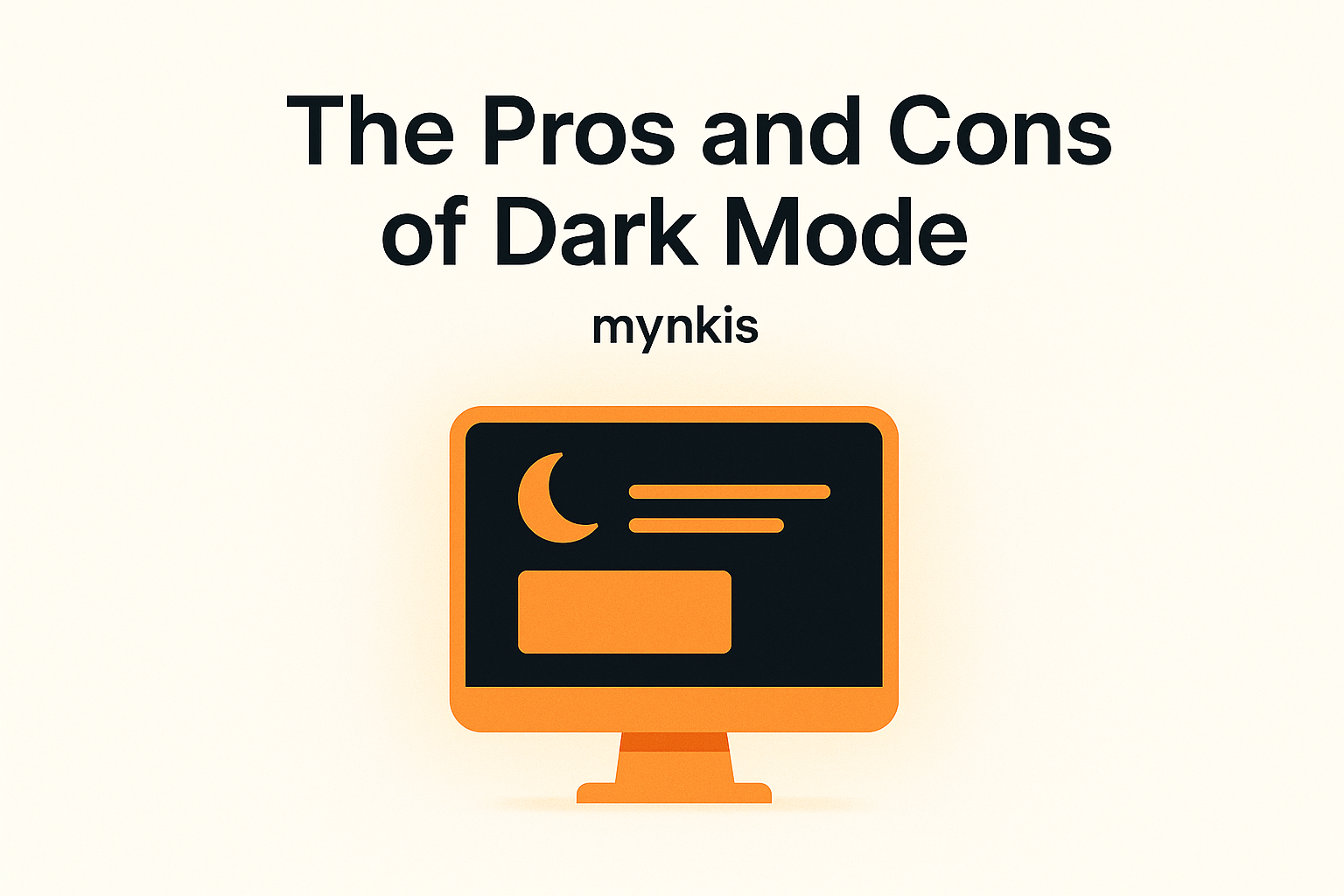Schedule a Demo
In my work with tech founders, I've observed an increasing trend toward dark mode website designs. This isn't just about aesthetics; it's about functionality and user experience. Dark mode can be a powerful tool for businesses looking to differentiate themselves while providing tangible benefits to their users. However, like any design choice, it comes with its own set of trade-offs.
One of the most compelling reasons for adopting dark mode is its potential to reduce eye strain. In a world where we're constantly staring at screens, any design that minimizes the impact on our eyes is a welcome relief. Studies by the National Eye Institute suggest that dark mode can help mitigate the effects of prolonged screen exposure by reducing blue light emission.
But it's not just about health benefits. From a design perspective, dark mode can enhance visual hierarchy and focus. I've worked with clients who leverage dark backgrounds to make crucial elements like text and icons pop, creating a more intuitive navigation experience. This can be particularly valuable for businesses in sectors where user engagement is critical, such as gaming or video streaming platforms.
Moreover, dark mode can also contribute to energy savings on devices with OLED screens. According to research from the Department of Energy, dark mode can extend battery life, an attractive proposition for users of mobile devices. For founders whose target audience spends significant time on mobile apps, this can be a unique selling point.
However, dark mode isn't a panacea. One of the challenges lies in ensuring that it's accessible to all users. The World Wide Web Consortium (W3C) recommends contrast ratios for text readability, and dark mode can sometimes fail to meet these standards, particularly for users with visual impairments. Ensuring accessibility while maintaining the desired aesthetic can be a balancing act that requires careful consideration.
Another consideration is the impact on branding. I've seen companies that invest heavily in their color schemes struggle to adapt to dark mode without losing their brand identity. The vibrant colors that define a brand may not translate well on a dark background, potentially diluting the brand message that founders work hard to establish.
Additionally, the shift to dark mode can sometimes compromise content readability, particularly for those with less than optimal screen quality. Text legibility can be affected by reflections or glare, and this can be especially problematic in environments where lighting conditions vary. Founders need to weigh these potential drawbacks against the benefits when considering dark mode for their web platforms.
So, how should founders approach dark mode? One effective strategy is offering a toggle option, allowing users to choose between light and dark modes based on their preference. This not only caters to individual needs but can also help gather data on user preferences, informing future design decisions. Based on available research, individual results may vary, and some users may prefer light mode even in low-light conditions.
Another approach is to design with dark mode from the ground up, ensuring that every element, from text to images, is optimized for a dark background. This can be a more complex process but results in a seamless experience for users. It also allows founders to showcase their commitment to cutting-edge design, setting their products apart in competitive markets.
When considering dark mode for scalable software development, it's essential to integrate it as part of the MVP (Minimum Viable Product) process. Early feedback from users can be invaluable in refining the dark mode implementation. Founders should iterate quickly, leveraging insights to enhance user experience and long-term tech infrastructure.
The journey to implementing dark mode is as much about understanding user behavior as it is about design. I often advise founders to conduct A/B testing to see how dark mode impacts user engagement metrics. This data-driven approach can reveal insights that might not be immediately apparent, guiding decisions on how best to proceed.
It's also important to consider the context in which your users interact with your platform. For instance, dark mode might be more beneficial for apps used primarily at night or in dim environments. Tailoring the user experience to match real-world conditions can enhance satisfaction and loyalty, crucial factors for businesses looking to scale.
Ultimately, the decision to adopt dark mode should be aligned with your business objectives and user needs. Dark mode can be a game-changer, offering enhanced usability and a unique brand look, but it requires careful planning and execution. Founders need to assess whether the benefits align with their strategic goals for scalability and long-term tech infrastructure.
By taking a thoughtful approach to dark mode, you can deliver a user experience that not only looks good but also feels good. It's about embracing the potential of design to enhance functionality, creating a platform that supports your business as it grows and evolves. As you consider the future of your web presence, remember that sometimes, the best solutions emerge from the shadows.
